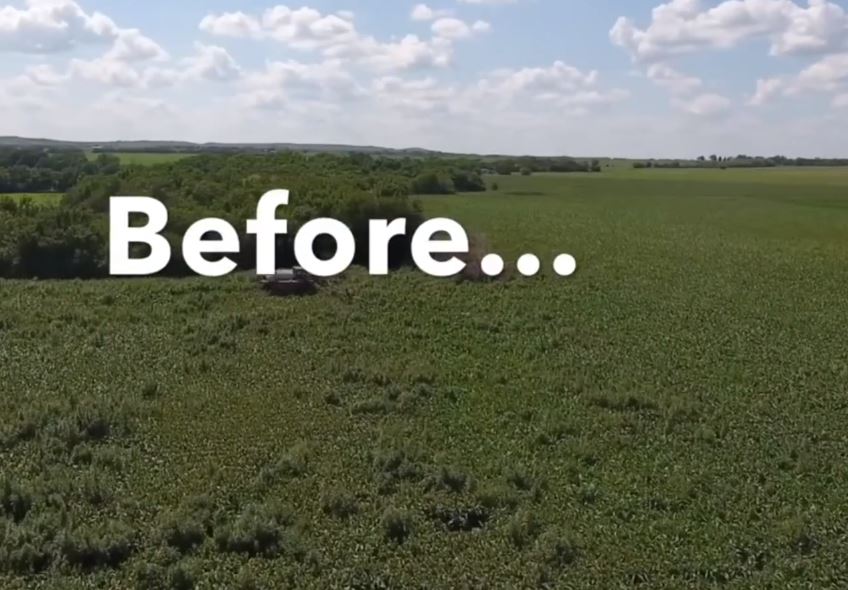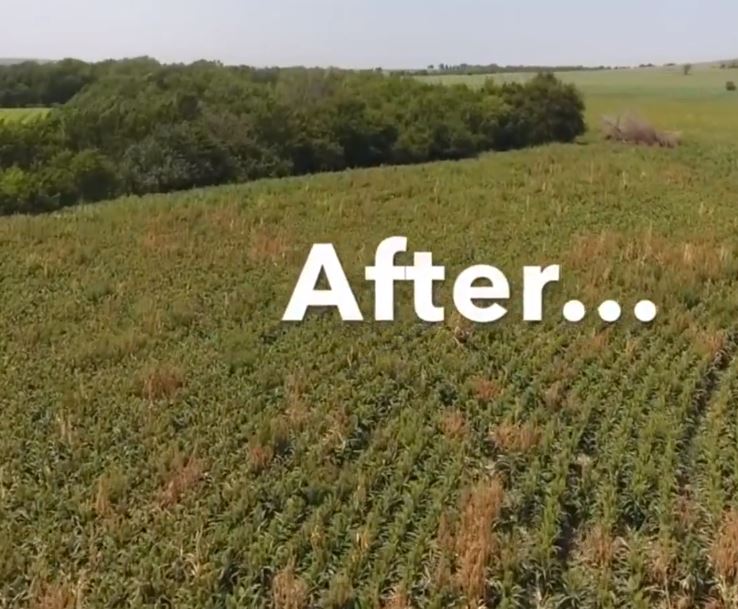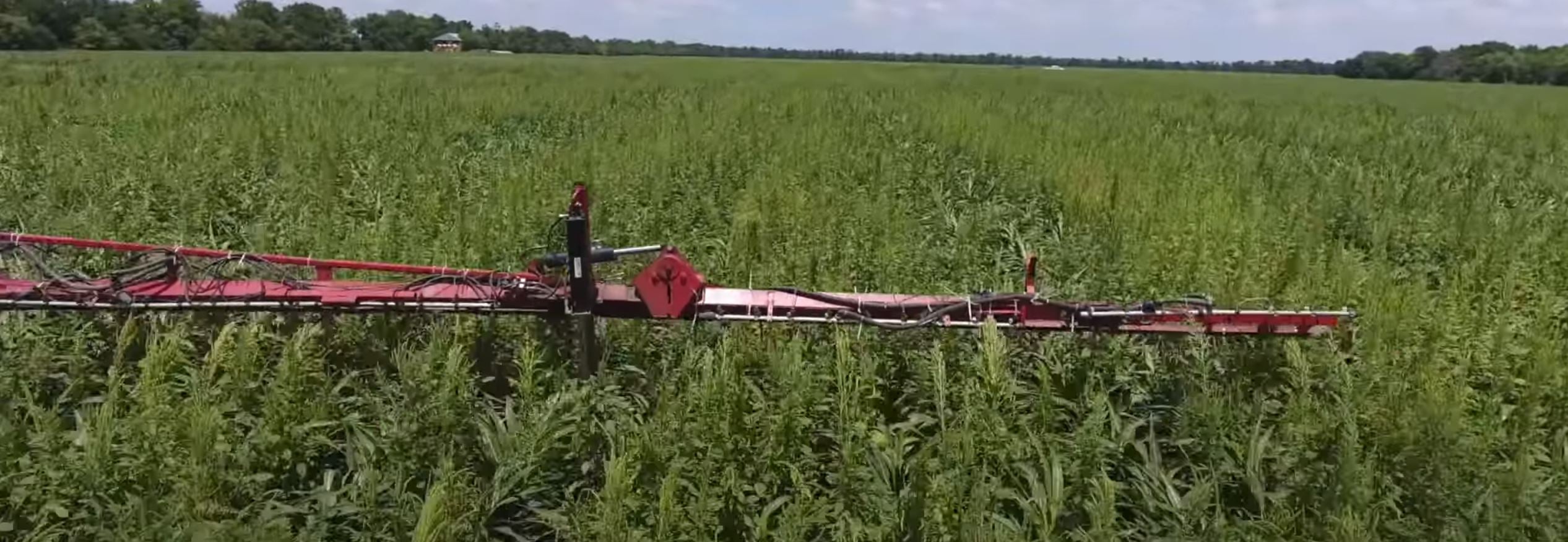A Customized Solution
There are a lot of options when it comes to getting the right Weed Wiper system for your farm. Our experienced staff can recommend the best product for your needs. Contact us today with any questions about Weed Wipers!
Common Questions
Weed Wiper FAQ
What should I use in my sponge weed wiper?
Most chemicals work well with our weed wipers. Please follow your label for mix rates in a
wiping/contact herbicide applicator. It is important to remember that the ratio of herbicide to
water can vary depending on the weeds to be controlled, the time of year, the density of your
weeds, and the temperature. Please do not use a mix rate stronger than the label, because you
will only burn the tips of the weeds and you will not get a good result. Contact your chemical
field rep or extension service for best herbicide mix and or surfactant for specific weed and
crop conditions.
What chemicals are commonly used?
1. Most Common: Round-up (Glyphosate)
The label for Round-up recommends a 33% mix rate for weed wipers. Farmers have reported a 20-25% mix rate works well when using a good surfactant.
2. Resistant Weed Option: Gramoxone
Gramoxone by Syngenta is labeled for use in cotton, beans and peanuts in most states at a 50% rate (please use caution when handling Gramoxone).
Another alternative to Gramoxone is 2.5 gal. of Crossbow or Unison (acid based 24D), 1.5 gal. of
PowerMax (Round-up) and 4 gal.of water with a surfactant.
3. Organic Option: Weed Slayer
The label for Weed Slayer recommends a 50% mix rate for weed wipers. Weed Slayer is an organic, systemic, non-selective herbicide. For more information, please visit our website below.
How much chemical will I use?
Our weed wipers use a spot sprayer tank/pump to deliver chemical to the sponge. Weed Wipers use significantly less chemical than conventional sprayers, so a larger tank is not required. Farmers have reported using 10-30 gallons of mixed product/100 acres. This varies
based upon weed infestation levels.
How do I control the flow of chemical to the sponges on pump-fed units?
Weed wiping is an art not a science. Some fields may only have small patches of weeds, while other fields have more weeds than crop. On average you will need to turn your pump on for 5-7 seconds to re-saturate your sponges. The key is to get the maximum amount of product on the weeds without dripping on the crop/grass below. The applicator must monitor the sponge when the pump is on to determine when they are full, then simply turn the pump off until you determine that the sponges need more chemical. We recommend you practice charging your sponges with water to see how they fill.
Should I wipe on the front or the back of the vehicle?Should I wipe in two directions?
The benefit of wiping in the front is that all of the weeds will make contact with the sponge and it is easier to monitor how much material is on the sponge. Historically, we have not had any issues with chemical transferring from the weeds to the tires and then to the plants below. The
downside of having the wiper in the back is that the weeds your tires run over will not be killed. It is typically not necessary to wipe from both directions when wiping out grasses, however when wiping a broadleaf that grows in heavy patches, wiping in the opposite direction will increase your kill on plants that got "shadowed" on the first pass
How do I get the most life out of the sponge?
To prolong the life of your sponges, it is important to rinse the sponge thoroughly with water after each use. Make sure to store your sponges out of the direct sunlight. You can wipe thousands of acres and get years and years of use out of your sponges if they are properly
maintained.





